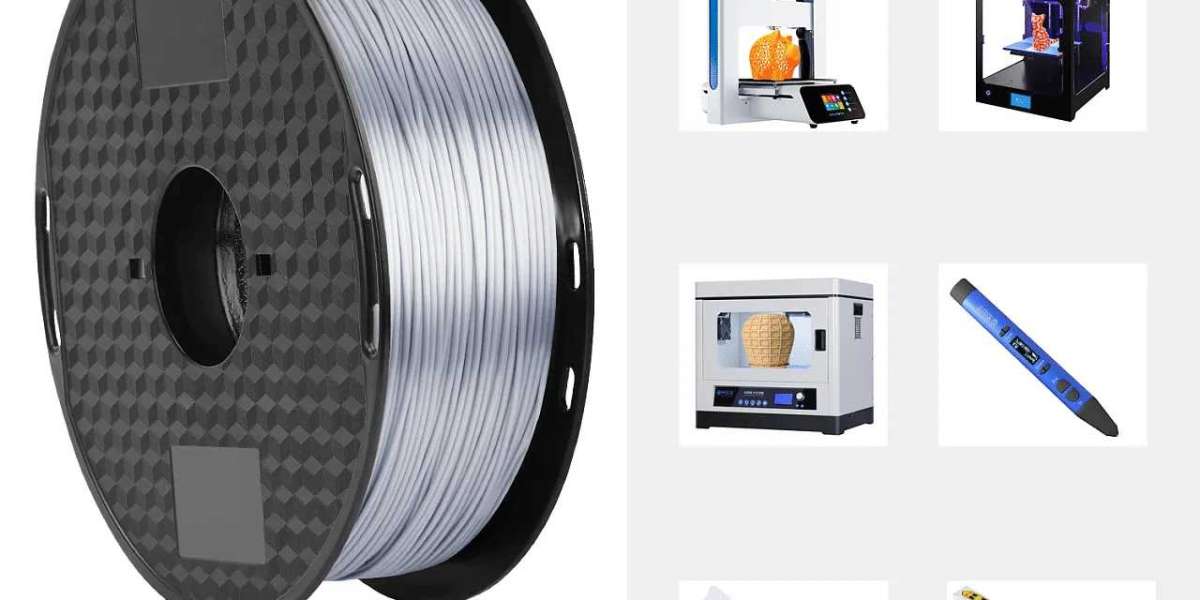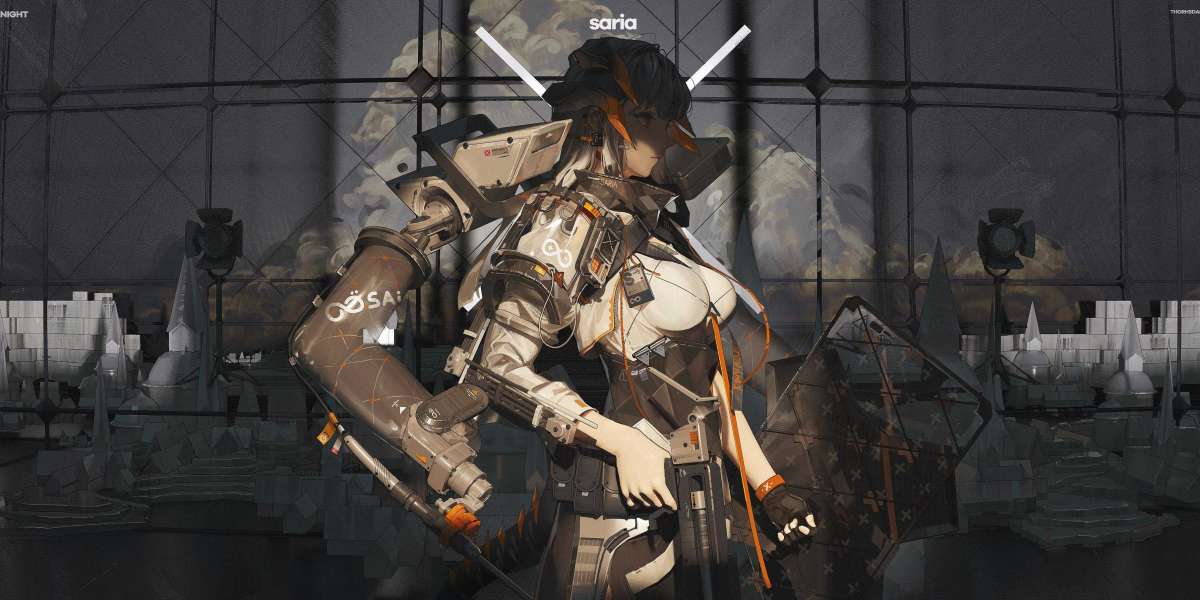How to avoid the bubble problem of PETG filament in 3D printing
With the increasing popularity of 3D printing technology, PETG filament has become the material of choice for many printing enthusiasts and professional users due to its excellent mechanical properties, transparency and chemical resistance. However, when using PETG filament for 3D printing, the bubble problem often becomes a big problem for me. In this article, I will share my own experience and discuss in detail how to avoid the bubble problem of PETG filament in 3D printing to improve printing quality and efficiency.
We need to understand the cause of bubbles.
Bubbles are usually caused by the release of gas during the heating process of the material or by the presence of water inside the material. PETG filament easily absorbs moisture from the surrounding environment at high temperatures, which in turn forms bubbles during the printing process. Therefore, the first task to solve the bubble problem is to ensure that the material is dry.
In order to protect PETG filament from moisture, we can use professional storage equipment.
For example, eBOX multi-function filament storage box and eBOX Lite multi-function filament drying box are good choices. These devices have heating and constant temperature and humidity functions, which can effectively maintain the dry state of the filament and prevent water intrusion. In addition, these storage boxes are usually transparent in design, so that users can observe the use of consumables in real time and avoid printing failures caused by insufficient materials.
In addition to the use of professional storage equipment, we can also pre-dry PETG filament.
Before using filament for printing, drying it in an oven for a period of time can significantly reduce the moisture content inside the material. The recommended drying temperature is 70°C to 80°C for 2 to 4 hours. In this way, the root cause of bubbles can be effectively eliminated.
In the printing process, the control of printing temperature and speed is also the key to avoid bubble problems.
The optimal printing temperature for PETG filament is usually between 240°C and 260°C, and too high or too low a temperature can affect the fluidity and print quality of the material. At the same time, the printing speed should not be too fast, and it is recommended to control the speed between 30 and 50 mm/SEC to ensure that the material has enough time to melt and fill, to avoid the generation of bubbles.
In addition, the setting of slicing software also has a certain impact on the bubble problem.
When using slicing software such as Cura, PrusaSlicer or Simplify3D, the appropriate translation parameters can be set to reduce the pressure at the end of the extruder and avoid the automatic extrusion of the material when it stops moving, thus preventing the formation of bubbles.
Regular maintenance and cleaning of the 3D printer is also an important step to avoid bubble problems.
The nozzle and extruder of the printer are the most critical parts in the printing process, and their state directly affects the quality of the printed product. Therefore, we need to clean the nozzles and extruders regularly to ensure that they work properly. In addition, keeping the printing environment clean and avoiding dust and impurities from entering the printing equipment also helps to reduce the production of bubbles.
Finally, it's important to note that each 3D printer and different combinations of consumables may require slightly different adjustments.
Therefore, in practice, we need to constantly test and adjust to find the best setting for our specific needs. Through the comprehensive application of the above methods, we believe that we can effectively avoid the bubble problem of PETG filament in 3D printing, and obtain more professional and high-quality printing results.
In short, to avoid the bubble problem of PETG filament in 3D printing, it is necessary to start from many aspects such as material storage, pre-treatment, printing parameter setting, and equipment maintenance. Through scientific and reasonable methods, we can significantly improve the printing success rate, reduce production costs, and promote the further application and development of 3D printing technology.



